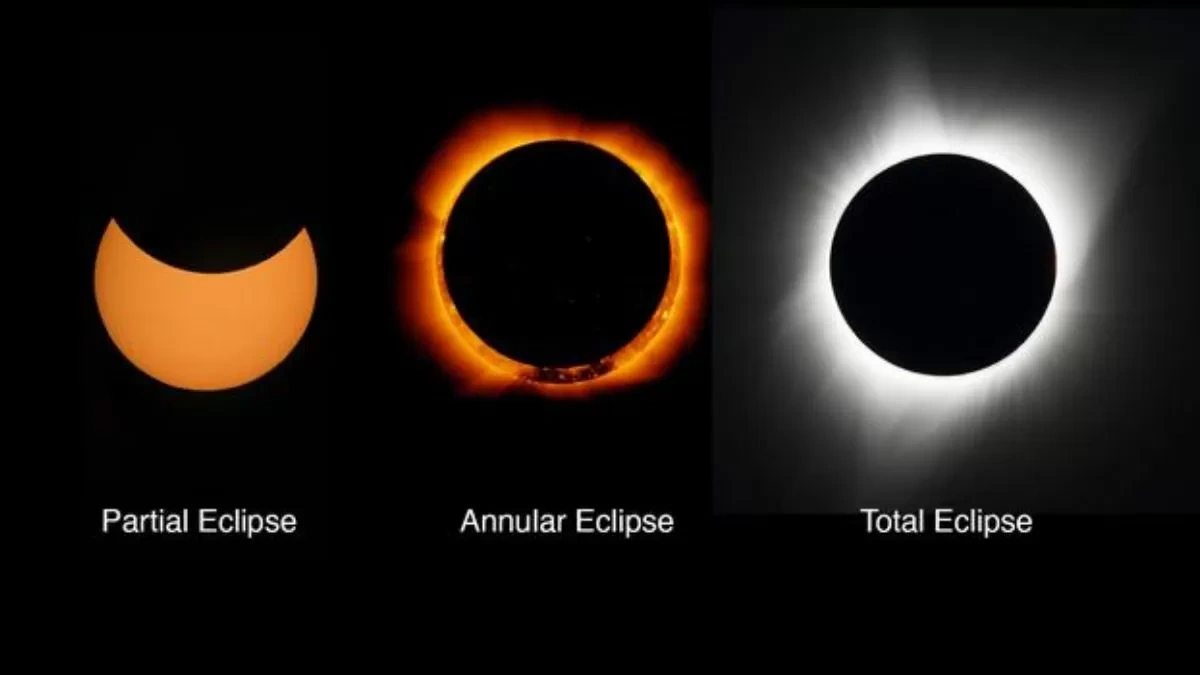Alright, let’s be honest: most people glance at a solar eclipse date , maybe set a reminder, and then forget about it until the day arrives. But what if I told you there’s a deeper pull to these celestial events? It’s not just about pretty pictures – it’s about understanding our place in the cosmos and the surprising ways eclipses have shaped history.
The “Why” Behind the Darkness | Eclipses and Human History

So, why should you care about upcoming solar eclipses ? Beyond the Instagrammable moment, eclipses have been intertwined with human culture for millennia. Think about it: before science, a sudden darkness in the middle of the day was downright terrifying. Civilizations interpreted them as omens, signs of divine displeasure, or even the death of a king. Some historians believethat eclipses even influenced the outcomes of battles.
What fascinates me is how these interpretations, rooted in fear and superstition, gradually gave way to scientific understanding. The ability to predict solar eclipse dates with pinpoint accuracy is a testament to human ingenuity and our relentless pursuit of knowledge. It marks a shift from being at the mercy of the cosmos to comprehending its mechanics.
How to Prep Like a Pro | Safe Viewing & Maximizing the Experience
Okay, let’s get practical. You’ve marked the next total solar eclipse on your calendar (April 8, 2024, folks!), but are you ready to actually experience it? Don’t be the person who squints through a pinhole projector or, worse, damages their eyes by looking directly at the sun. Here’s the thing: safety first, always.
1. Certified Solar Viewing Glasses: This is non-negotiable. Make sure they meet the ISO 12312-2 international safety standard. Cheap imitations can cause serious eye damage. I’ve seen people try to use regular sunglasses, and believe me, it’s not worth the risk. 2. Location, Location, Location: If you’re within the path of totality, find a spot with an unobstructed view of the sky. Apps like Eclipse Explorer can help you pinpoint the best locations. It’s worth traveling to be within the path of totality; the difference between a partial and a total eclipse is night and day (pun intended!). 3. Photography Tips: Want to capture that perfect eclipse photo? Invest in a solar filter for your camera lens. Practice beforehand, and don’t get so caught up in taking pictures that you forget to actually experience the eclipse. But, do not forget to enjoy the moment.
Beyond the Totality | Partial Eclipses and Annular Events
Partial solar eclipses often get less attention, but they are still worth observing. Even a small percentage of the sun being covered can create a noticeable dimming of the light. Use the same safety precautions as with a total eclipse. And then there are annular eclipses, or “ring of fire” eclipses, where the moon is too far from Earth to completely cover the sun, leaving a brilliant ring around the lunar disc. I’ve always been fascinated by these, as they offer a completely different visual experience.
Why Eclipses Trigger Awe | Connecting with Something Bigger
Here’s what intrigues me most. Think about it: For a few fleeting minutes, we’re all looking up at the same sky, sharing a unique experience that transcends borders and beliefs. In our increasingly fractured world, these shared moments of awe can be incredibly powerful. Science helps us understandthe mechanics of an eclipse, but the emotional impact – the sense of wonder and connection – is what truly makes them special. In a way, solar eclipse times are calendar events in everyone’s life.
So, next time you hear about an eclipse path , take a moment to consider the bigger picture. It’s not just about the science; it’s about our history, our connection to the cosmos, and the shared experience of witnessing something truly extraordinary.
FAQ About Solar Eclipses
When is the next total solar eclipse visible in the US?
The next total solar eclipse visible across a large portion of the United States will be on April 8, 2024.
What are the best ways to safely view a solar eclipse?
Always use certified solar viewing glasses (ISO 12312-2) or a handheld solar viewer. Never look directly at the sun without proper protection.
Can I use my camera or telescope to view an eclipse?
Yes, but you need to use a special solar filter designed for your equipment to protect your eyes and your gear.
What if I miss the eclipse?
Don’t worry, there will be more! Check resources like NASA’s eclipse website to find future eclipse dates and locations. This site on Time and Date can give you all the solar events .
What is the difference between a total, partial, and annular solar eclipse?
A total eclipse is when the moon completely blocks the sun. A partial eclipse is when the moon only blocks a portion of the sun. An annular eclipse is when the moon is too far away to completely cover the sun, leaving a ring of light.




